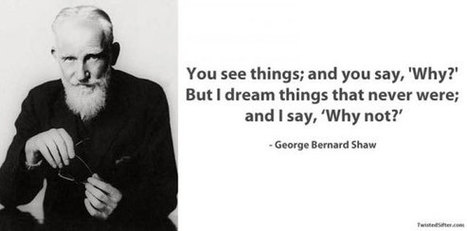by Maria Popova
"For as long as I can remember — and certainly long before I had the term for it — I’ve believed that creativity is combinatorial: Alive and awake to the world, we amass a collection of cross-disciplinary building blocks — knowledge, memories, bits of information, sparks of inspiration, and other existing ideas — that we then combine and recombine, mostly unconsciously, into something “new.” From this vast and cross-disciplinary mental pool of resources beckons the infrastructure of what we call our “own” “original” ideas. The notion, of course, is not new — some of history’s greatest minds across art, science, poetry, and cinema have articulated it, directly or indirectly, in one form or another: Arthur Koestler’s famous theory of “bisociation” explained creativity through the combination of elements that don’t ordinarily belong together; graphic designer Paula Scher likens creativity to a slot machine that aligns the seemingly random jumble of stuff in our heads into a suddenly miraculous combination; T. S. Eliot believed that the poet’s mind incubates fragmentary thoughts into beautiful ideas; the great Stephen Jay Gouldmaintained that connecting the seemingly unconnected is the secret of genius;Gutenberg’s invention of the printing press embodied this combinatorial creativity; even what we call “intuition” is based on the unconscious application of this very mental faculty.
"The concept, in fact, was perhaps best explained by Albert Einstein, who termed it “combinatory play.” (Einstein famously came up with some of his best scientific ideas during his violin breaks.) From his Ideas and Opinions (public library) — the same invaluable volume that gave us the beloved physicist’s timeless wisdom on kindness and our shared existence — comes Einstein’s single most succinct articulation of how his mind works, driven by this powerful combinatorial creativity. The 1945 letter was written in response to French mathematician Jacques S. Hadamard’s survey of the mental processes of famous scientists, inspired by polymath Henri Poincaré’s famous meditation on the subject and published as An Essay on the Psychology of Invention in the Mathematical Field, with Einstein’s missive included as a “testimonial”:



 Your new post is loading...
Your new post is loading...










